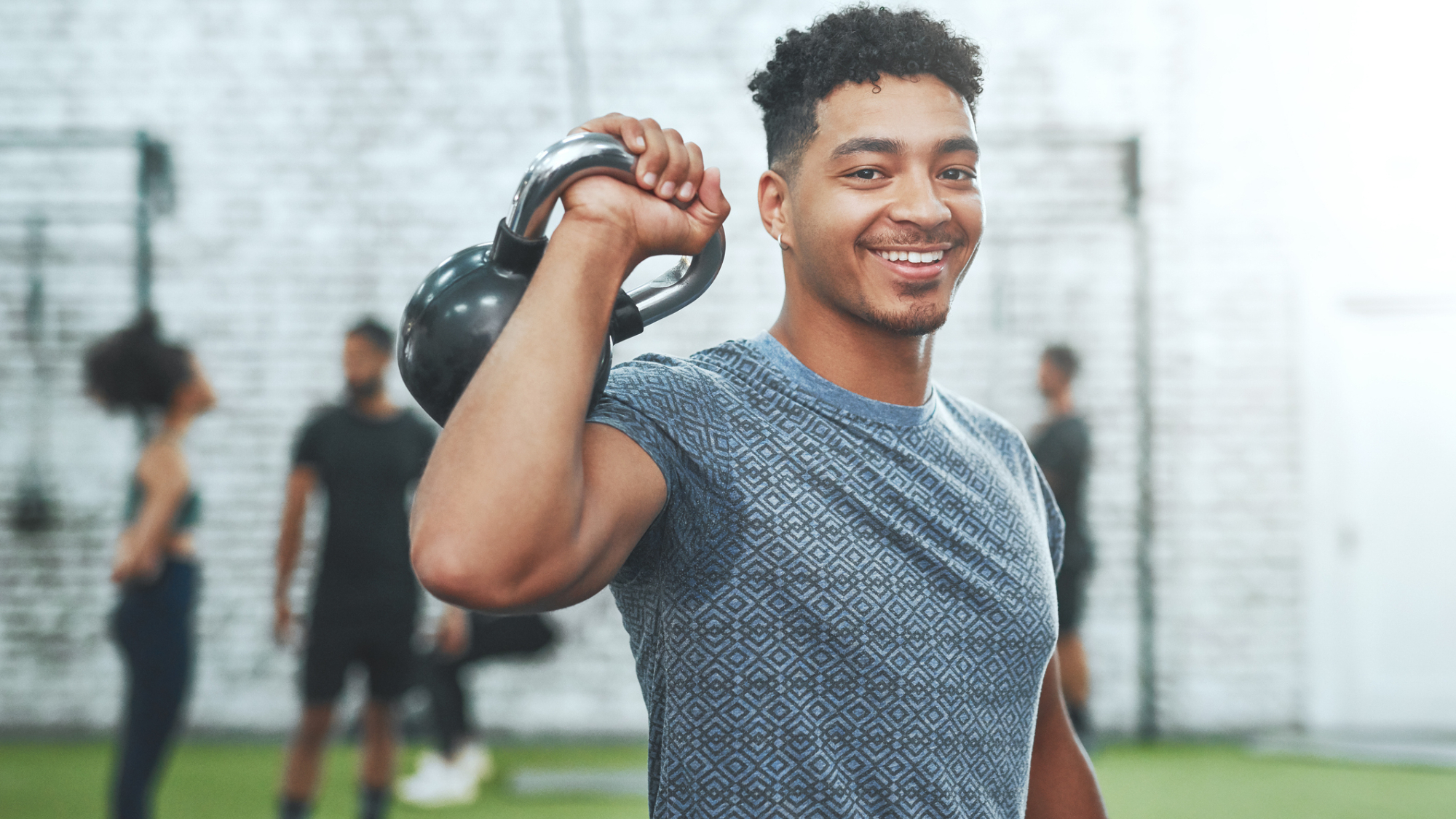
Frequent knee pain affects roughly one in four adults, according to research published in the Annals of Internal Medicine. Despite extensive efforts not to be one of them, I succumbed to a soccer-induced injury three years ago.
As I recovered, I turned to strengthening exercises to restore the joint and surrounding tissues to their former glory and found one move that helped more than most: the curtsy squat.
This exercise made my knee feel more robust, restoring my confidence in the joint to support additional loads like dumbbells, kettlebells, and barbells, as well as handle some of my favorite sports like soccer and tennis.
As a result, it’s since become a permanent fixture in my training plans, making an appearance at least once every fortnight.
How to do the curtsy squat
- Stand upright with a dumbbell or kettlebell in your left hand and your feet facing forward.
- Step your right leg behind your left so your right knee is in line with your left foot, your right toes are touching the floor and the sole of your foot is facing backward.
- Putting most of your weight on your front foot and keeping your torso upright, squat down until your right knee is just above the ground. Keep your front knee over your front foot, and don’t let it collapse inward.
- Drive through your front foot to return to standing.
Why are curtsy squats good for knee health?
As a fan of this exercise already, I was happy to see it singled out for praise by physical therapist Dr Aaron Horschig, who runs the popular Squat University Instagram page.
In the video above, he explains that the move is effective for building "stronger and healthier knees" because, if done correctly, it’s responsible for "driving your hip in a more internal range of motion".
Many people with knee problems have asymmetries in their internal hip rotation range of motion, he says. But by working your hips through this movement pattern under load, you can boost your strength, stability, and mobility, resulting in better control over this area.
Have a go yourself—it could protect your knees from future injuries. Remember to back off if it worsens or causes knee pain, and always check in with your doctor or physiotherapist before starting a new exercise regime.
If you feel a bit intimidated about tackling this move, try our yoga for knee pain flow instead, which offers a gentler way to relieve tension in the joint.







